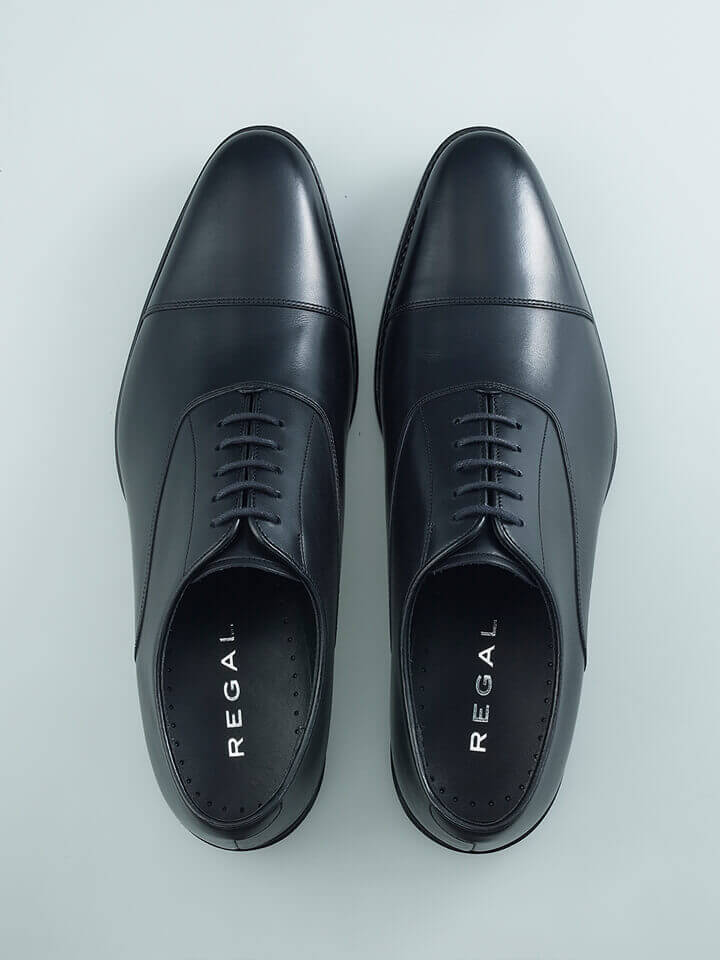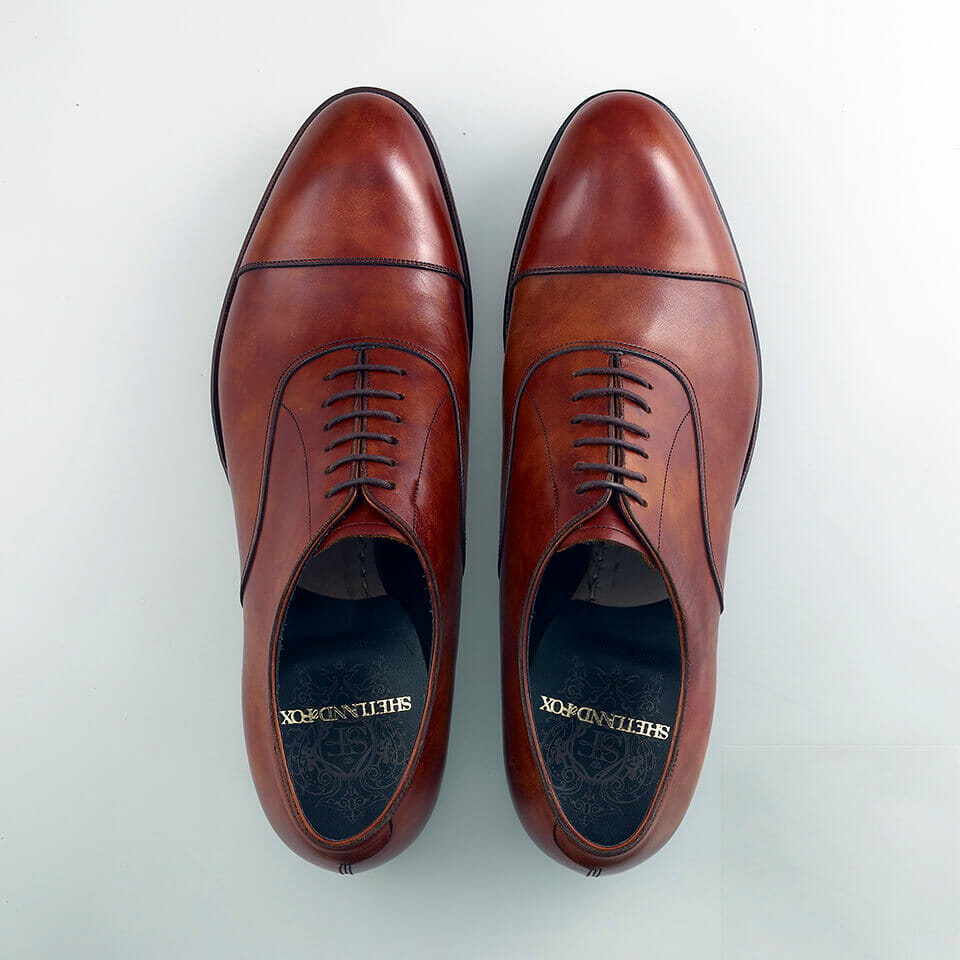
Knowledge: Mens' Shoes
Mens’ Shoes:The characteristics of the leather become clearly visible in men's shoes

From "Japanese Leather No. 2" published in 2009
The world of men’s shoes is deep and vast. While preserving the design completed over hundreds of years ago, the shoes must reflect the current styles, and above all, it must satisfy the functionality as a walking tool. In addition, shoes are made up of many parts and have a large number of processes. It is said that the Goodyear Welt manufacturing method requires nearly 200 processes. Understanding the fundamentals is necessary to find good shoes.
Until just a little while ago, in Japan it was a virtue to finish the shoe evenly, such as by spraying a generous amount of pigment on the upper. However, a shift in value has occurred in the last few years. While aiming to make products with added value, the specifications that were familiar at bespoke studios, which made full use of handicrafts, are being re-evaluated. When you think about it, natural leather has an unparalleled profoundness the more you work on it. It is an item with a charm that can not be pushed into the same category as other industrial products. This trend is not a bad thing. The specifications will be explained below, but the form on the right is also a feature that has been reexamined. Considering efficiency, left-right symmetry is decidedly better.
